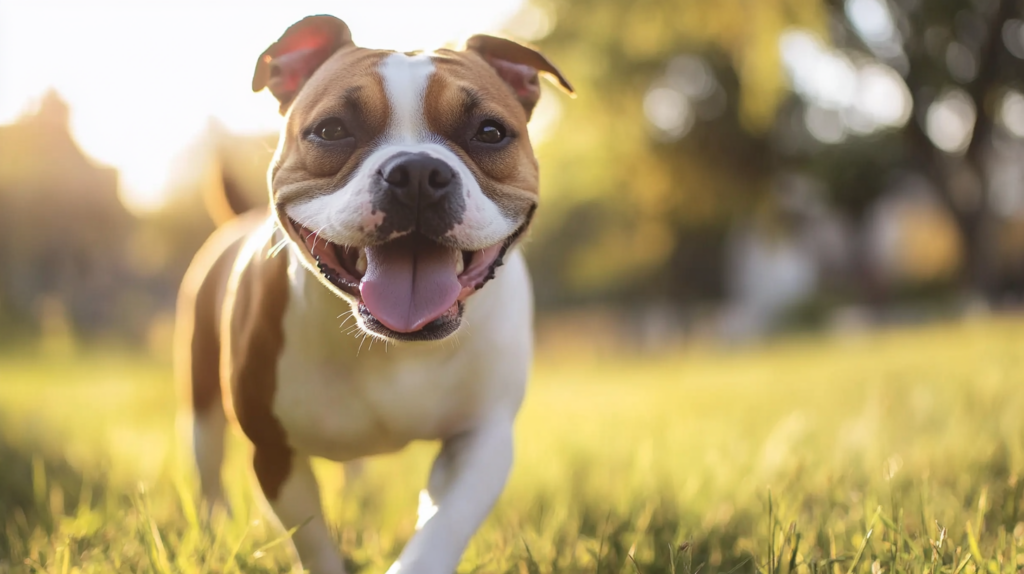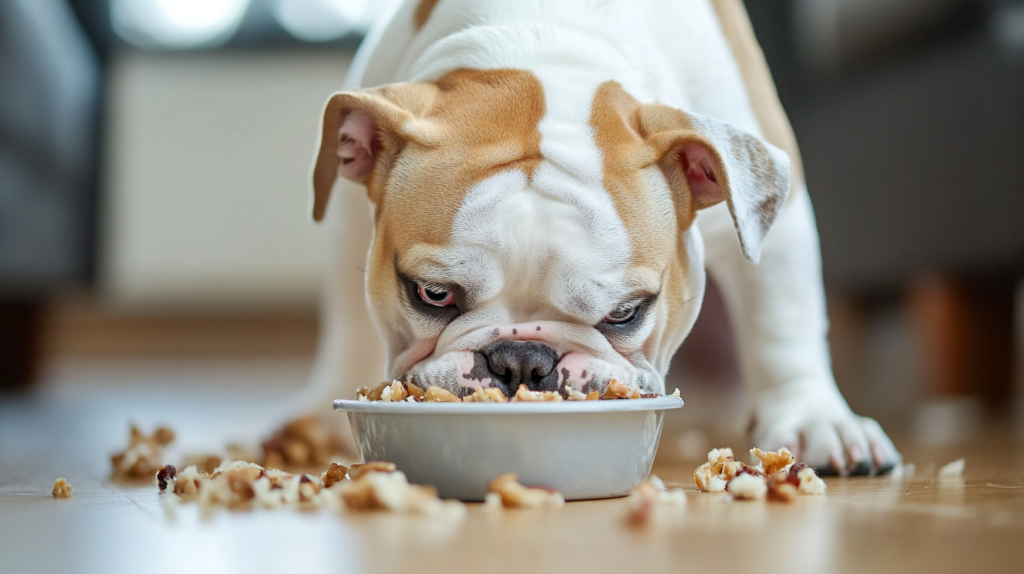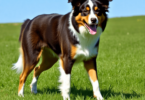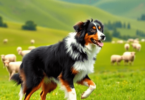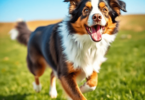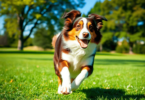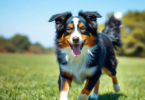American Bulldog Health: Common Issues and Prevention
American Bulldogs are medium to large, muscular dogs known for their loyalty and protective nature. Their strong build and loving personality make them wonderful companions. Understanding health issues in American Bulldogs is important for their overall well-being and quality of life. By taking proactive steps to address these concerns, you can ensure that your furry friend stays healthy and happy, resulting in a longer and more fulfilling companionship.
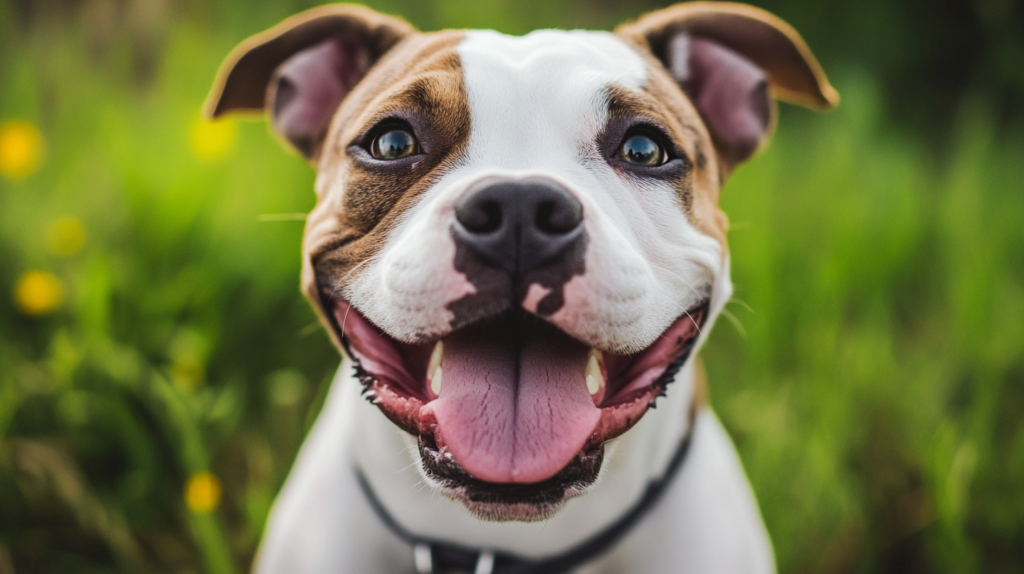
Common Health Problems in American Bulldogs
1. Hip and Elbow Dysplasia
Hip and elbow dysplasia are common joint problems that can significantly impact the quality of life for American Bulldogs. These conditions occur when the hip or elbow joint does not fit into the socket properly, leading to wear and tear over time.
Symptoms to Watch Out For:
- Lameness or limping
- Difficulty in movement, such as getting up or lying down
- Reluctance to run, jump, or climb stairs
- Noticeable pain or discomfort when touched around the joints
- Decrease in muscle mass in the affected limb
Diagnosis Methods:
Veterinarians typically use a combination of physical examinations and diagnostic tools to identify hip and elbow dysplasia:
- X-rays: The most common method for diagnosing these joint issues. X-rays provide a clear image of the joint structure, allowing vets to see any abnormalities.
- Physical Manipulation: Your vet might move your dog’s legs in specific ways to check for pain or discomfort.
- CT Scans or MRI: In more complex cases, advanced imaging techniques may be used for a detailed view.
Treatment Options:
Treatment for hip and elbow dysplasia varies based on severity but generally includes:
- Weight Management: Maintaining an optimal weight reduces stress on the joints. A balanced diet tailored to your dog’s needs is crucial.
- Physical Therapy: Regular, low-impact exercises such as swimming can help strengthen muscles around the joints.
- Medications: Anti-inflammatory drugs and pain relievers can provide relief from symptoms.
- Supplements: Joint supplements like glucosamine and chondroitin may offer some benefit.
- Surgical Interventions: In severe cases, surgeries such as total hip replacement or corrective osteotomies might be necessary.
Keeping an eye out for early signs and seeking veterinary advice promptly can make a world of difference in managing these conditions.
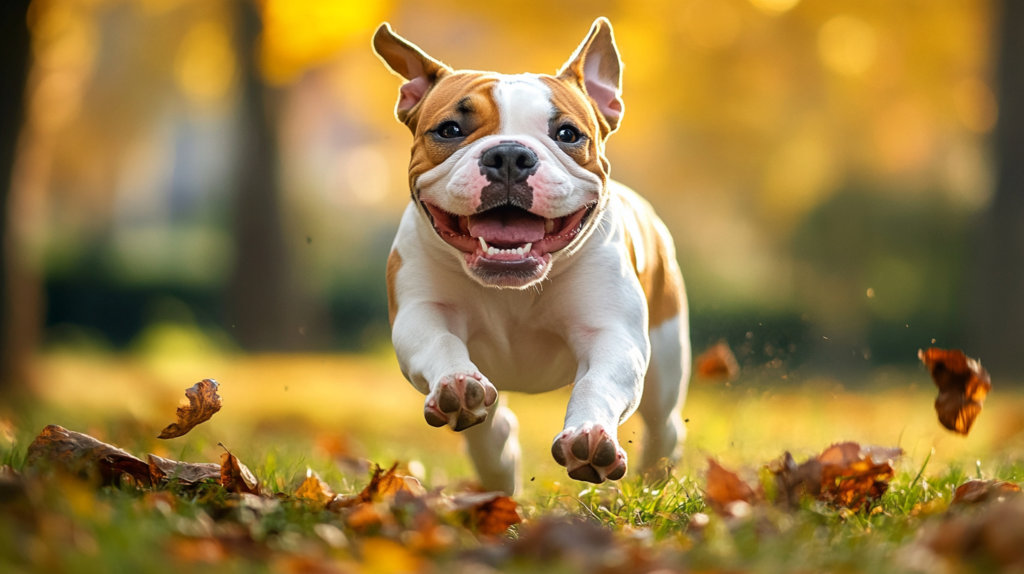
2. Respiratory Issues
American Bulldogs, with their characteristic brachycephalic (short-nosed) structure, are prone to respiratory issues. This structural trait, while giving them their iconic look, can lead to several breathing problems.
Why Respiratory Problems Occur
The shortened skull of American Bulldogs means they have compacted nasal passages and a smaller airway. This genetic predisposition can cause:
- Brachycephalic Obstructive Airway Syndrome (BOAS): A common condition where the airways are obstructed due to anatomical abnormalities.
- Snoring and Labored Breathing: Frequent signs that your Bulldog might be struggling with airflow.
Common Respiratory Problems
- BOAS: BOAS can lead to chronic discomfort and severe health complications if not managed properly.
- Heat Intolerance: Bulldogs can easily overheat because their compromised airways make it difficult to pant efficiently, which is their primary cooling mechanism.
Prevention Tips
To keep your American Bulldog breathing easy:
- Avoid Extreme Temperatures: Hot and humid conditions can exacerbate breathing difficulties.
- Exercise Moderation: Ensure exercise is moderate and conducted in a calm environment to avoid overstressing the respiratory system.
- Regular Vet Visits: Routine check-ups can help monitor and manage any emerging respiratory issues early.
Being proactive about these health concerns ensures your American Bulldog remains a happy and healthy companion!

3. Skin Conditions and Allergies
American Bulldogs are not just known for their muscular build but also for their susceptibility to various skin conditions. Let’s dive into some common issues and how to tackle them.
Overview of Skin Conditions
Dermatitis and hot spots top the list of common health problems in American Bulldogs. These conditions often present as red, inflamed areas on the skin that can become itchy and infected if not treated promptly.
Causes Behind Skin Conditions
Several factors contribute to these pesky skin issues:
- Allergies to Food: Ingredients like chicken, beef, or dairy can trigger allergic reactions.
- Environmental Allergens: Pollen, dust mites, and mold are usual suspects.
- Parasites: Fleas or mites can cause severe itching and irritation.
Treatment Options
Combatting skin allergies in American Bulldogs requires a multi-faceted approach:
- Medicated Shampoos: Special shampoos designed to soothe irritated skin can work wonders.
- Allergy Management Strategies: Identifying and eliminating allergens from your dog’s diet or environment is crucial.
- Veterinary Care: In severe cases, consult a vet for prescription medications or topical treatments.
With proper skin care for American Bulldogs, you can keep your furry friend happy and itch-free!
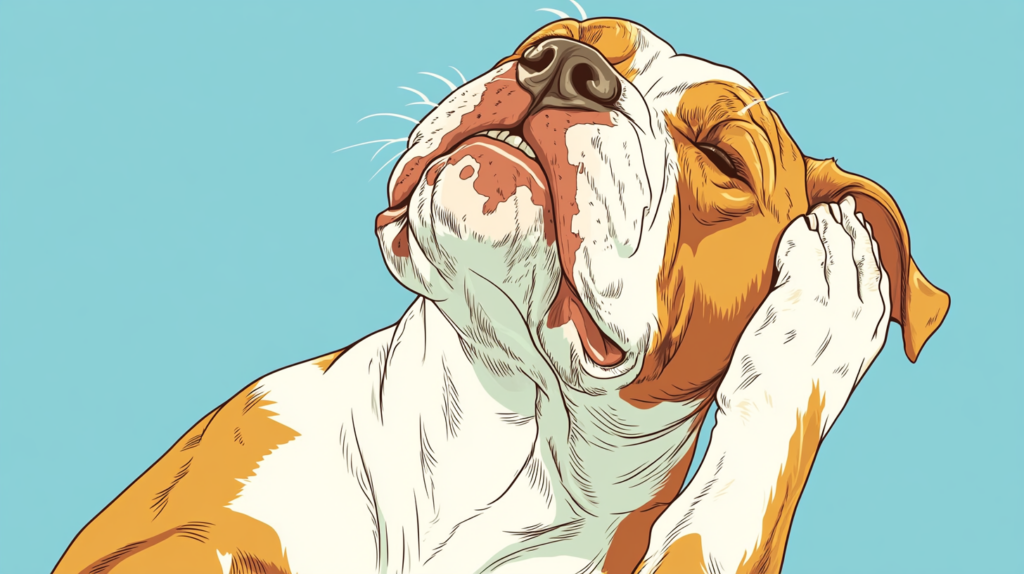
4. Obesity and Related Health Risks
American Bulldogs, with their playful demeanor and muscular build, have a tendency to pack on the pounds if not managed properly. Obesity in American Bulldogs can be attributed to various factors:
- Overfeeding: These dogs love their food, and it’s easy for owners to indulge them with treats or large meal portions.
- Lack of Exercise: Due to their strong protective instincts, some Bulldogs might not get enough physical activity, especially if confined indoors.
Being overweight isn’t just about a few extra pounds; it carries significant health risks:
- Joint Problems: From hip dysplasia to elbow dysplasia, the additional weight puts extra pressure on their joints, exacerbating existing issues.
- Diabetes: Overweight bulldogs are at a heightened risk of developing diabetes, which requires lifelong management.
Maintaining a balanced diet tailored to their specific needs is crucial. Here are some tips:
- Portion Control: Measure their food portions carefully to avoid overfeeding.
- High-Quality Diet: Choose dog foods that are rich in nutrients but low in unnecessary fillers.
- Regular Exercise: Engage your Bulldog in regular activities like walks or play sessions.
Understanding and addressing these factors can significantly improve the quality of life for your American Bulldog.
“A healthy diet and regular exercise can keep your Bulldog fit, happy, and playful!”
5. Neurological Disorders: Neuronal Ceroid Lipofuscinosis (NCL)
Neuronal Ceroid Lipofuscinosis (NCL) is a rare but severe neurological disorder that can affect American Bulldogs. This genetic condition impacts the central nervous system, leading to progressive deterioration over time.
Key Symptoms to Watch For:
- Seizures: Episodes of uncontrolled electrical activity in the brain.
- Loss of Coordination: Difficulty in maintaining balance or walking straight.
- Behavioral Changes: Unusual aggression or anxiety.
Being aware of these symptoms can help in early detection and management. Veterinary intervention is crucial for diagnosis, often involving genetic testing and neurological exams.
Understanding the genetic predispositions contributing to NCL aids in better managing and potentially mitigating this condition within the breed. Regular check-ups and monitoring are essential for maintaining your American Bulldog’s health and well-being.
6. Eye Problems: Cherry Eye and Entropion
American Bulldogs are prone to eye conditions, especially cherry eye and entropion. These genetic traits often result in more frequent occurrences in the breed.
Cherry Eye
This condition occurs when the gland of the third eyelid prolapses, resembling a red cherry.
- Symptoms: Look for a visible red mass at the corner of your dog’s eye, excessive tearing, or irritation.
- Complications: If untreated, it can cause chronic dry eyes and potential vision impairment.
Entropion
This involves the inward rolling of the eyelids, causing eyelashes to rub against the cornea.
- Symptoms: Signs include excessive blinking, pawing at eyes, redness, or discharge.
- Complications: Persistent irritation can lead to ulcers and severe damage to the cornea.
Paying attention to these symptoms early and seeking veterinary advice can prevent long-term issues. Effective treatments include surgical corrections and medications to manage discomfort and prevent further complications.
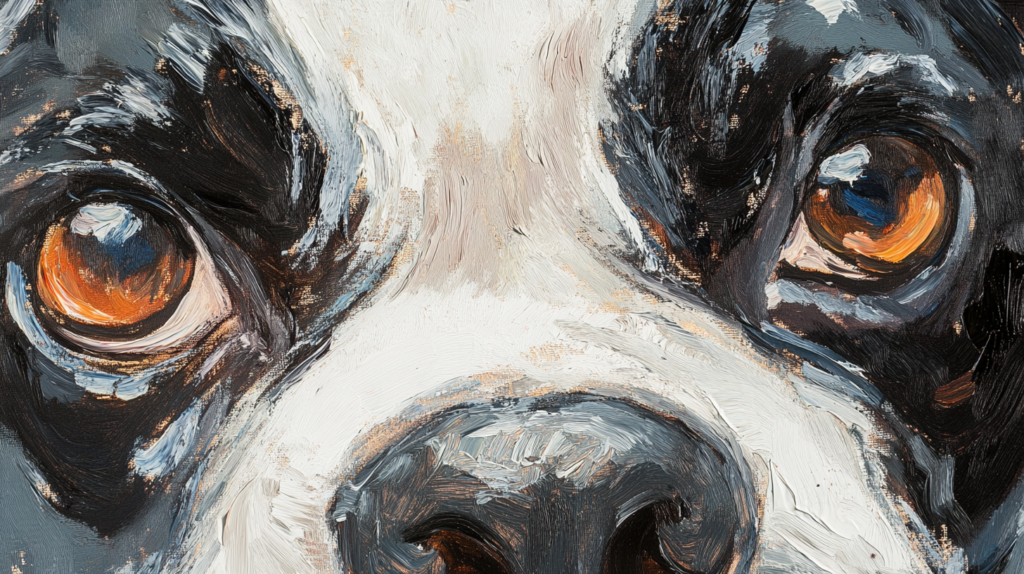
7. Joint Injuries: ACL Tears and Patellar Luxation
Active breeds like American Bulldogs are prone to joint injuries, including ACL tears and patellar luxation. These conditions are common health problems in American Bulldogs due to their energetic nature and genetic predispositions.
1. ACL Tears
The anterior cruciate ligament (ACL) can tear during activities like running or jumping. Symptoms include sudden lameness, swelling, and reluctance to bear weight on the affected leg.
2. Patellar Luxation
This condition occurs when the kneecap dislocates from its normal position. It’s often a genetic trait, leading to symptoms such as intermittent lameness or a skipping gait.
These joint issues emphasize the importance of monitoring your Bulldog’s activity levels and seeking veterinary advice if any symptoms arise. Regular exercise and weight management can also play a crucial role in preventing these injuries.
Did you know? Maintaining an ideal weight reduces stress on your Bulldog’s joints, helping prevent conditions like hip dysplasia in American Bulldogs!
Lifespan Considerations for Healthy Living with an American Bulldog Companion
American Bulldogs, known for their loyalty and companionship as detailed in this ultimate guide, typically enjoy a lifespan of around 10-12 years, given the right care and attention. While genetics play a substantial role in health and longevity, several other factors can significantly influence their lifespan.
Diet Quality
Feeding your American Bulldog a balanced diet rich in essential nutrients helps maintain their overall health. High-quality dog food tailored to their specific needs can prevent obesity and support their joints and muscles.
Exercise
Regular physical activity keeps their weight in check, strengthens their cardiovascular system, and provides mental stimulation. A mix of daily walks, playtime, and structured exercise routines works best.
Regular Health Check-ups
Consistent veterinary visits ensure early detection of potential health issues. Routine screenings can catch problems before they become severe, leading to better management and treatment options.
Environmental Factors
A stress-free, safe living environment contributes to a longer life. Providing them with a comfortable home, free from extreme temperatures or harmful substances, supports their well-being.
Ensuring these aspects are well-managed offers the best chance for your American Bulldog to live a long and happy life.
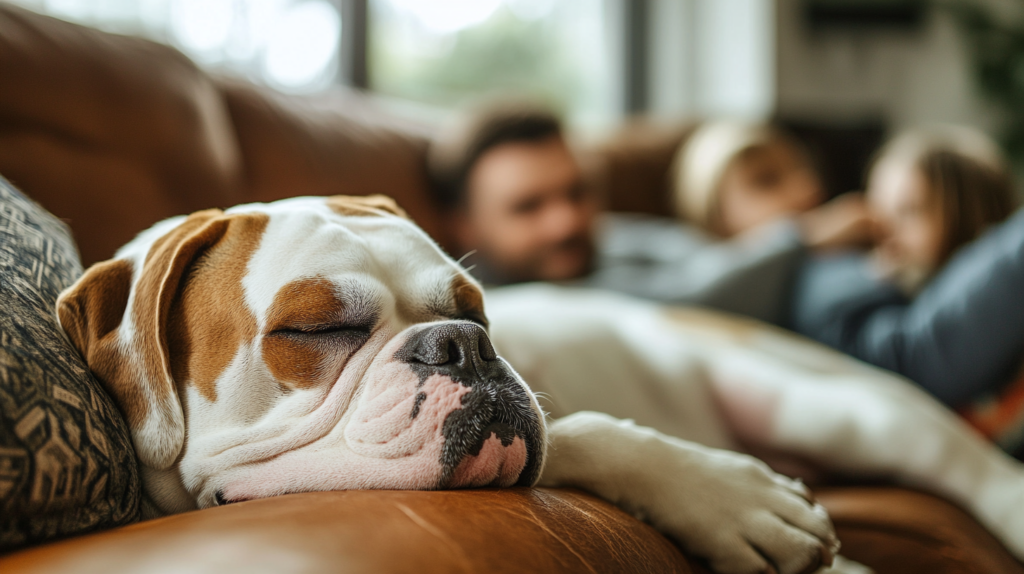
Effective Preventative Health Care Practices for Your Bulldog’s Well-Being
Exercise and its Impact on Health
American Bulldogs are not just couch potatoes—these muscular canines thrive on physical activity. Regular exercise is a cornerstone of how to care for an American Bulldog effectively.
Benefits of Exercise:
- Maintains Healthy Weight: By keeping your bulldog active, you help prevent obesity, which is a common issue in this breed.
- Strengthens Muscles and Joints: Exercise promotes muscle tone and joint flexibility, essential for combating issues like hip dysplasia.
- Mental Stimulation: Physical activities such as playtime and walks provide mental enrichment, reducing the likelihood of behavioral problems.
Recommended Activities:
- Daily Walks: Aim for at least two 30-minute walks per day. Make sure to choose cooler times of the day to avoid overheating.
- Interactive Play: Engage them in games like fetch or tug-of-war. These activities not only give them a good workout but also serve as bonding time.
- Agility Training: If your bulldog has a lot of energy, consider agility courses. It helps improve coordination and keeps their mind sharp.
Tips for Safe Exercise:
- Avoid extreme temperatures. American Bulldogs are prone to respiratory issues, so it’s best to exercise them in mild weather.
- Provide plenty of water breaks during physical activities.
- Watch for signs of fatigue or breathing difficulties. If your dog seems overly tired or is panting heavily, take a break.
Regular Health Check-Ups and Screenings
Regular veterinary visits are critical to monitor and maintain your bulldog’s health. These check-ups should be part of your routine American Bulldog health care strategy.
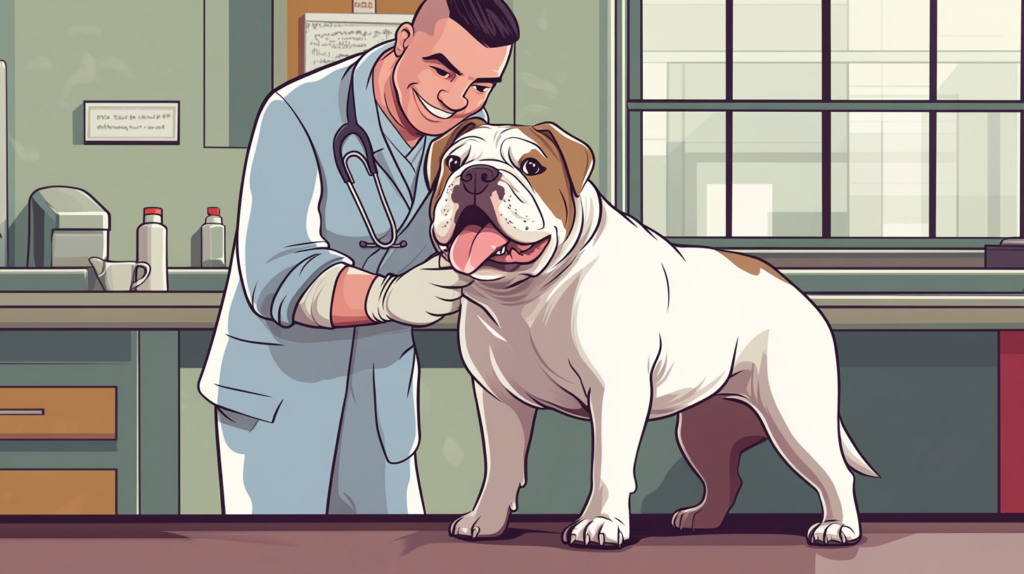
Importance of Routine Vet Visits:
- Early Detection: Many health issues can be managed more effectively if caught early. Regular screenings help in identifying problems like hip dysplasia or thyroid disorders before they become severe.
- Vaccinations and Preventatives: Keeping up with vaccinations protects your dog from various diseases. Additionally, preventatives for fleas, ticks, and heartworms are essential.
- Nutritional Guidance: Vets can provide tailored advice on diet and supplements that suit your dog’s specific needs.
Suggested Frequency:
- Schedule annual check-ups for adult dogs.
- Puppies and older dogs may require more frequent visits—typically every six months.
During these visits, vets may perform various diagnostic tests:
- X-rays to detect joint issues.
- Blood tests to screen for metabolic disorders.
- Eye examinations to catch conditions like cherry eye early.
Taking proactive steps in exercise routines and regular health screenings ensures that your American Bulldog leads a happy, healthy life. For more insights on maintaining your bulldog’s health through preventative care practices, consider visiting the blog section of Ashby Animal Clinic.
Key Screenings for American Bulldogs
- Orthopedic Evaluations: Essential for detecting hip and elbow dysplasia, includes X-rays and physical exams.
- Respiratory Assessments: Important due to their brachycephalic structure, helps manage conditions like BOAS.
- Skin and Allergy Tests: Identifies possible allergens causing dermatitis or hot spots, can lead to customized allergy management plans.
- Eye Exams: Detects issues like cherry eye or entropion, early treatment prevents complications.
- Neurological Screenings: Especially crucial for spotting signs of NCL, involves neurological exams and possibly genetic testing.
Regular check-ups are not just a precaution but a proactive way to ensure your furry friend enjoys a long, happy life. Make those vet appointments a priority; after all, their health is in your hands!
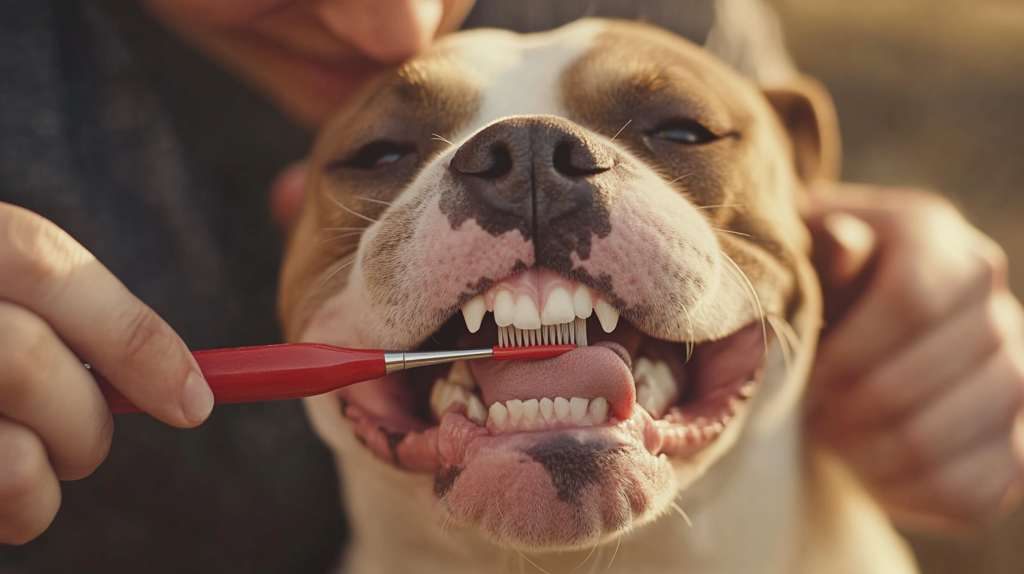
FAQs (Frequently Asked Questions)
What are the common health problems in American Bulldogs?
American Bulldogs are prone to several health issues, including hip and elbow dysplasia, respiratory problems such as brachycephalic obstructive airway syndrome (BOAS), skin conditions and allergies, obesity, neurological disorders like Neuronal Ceroid Lipofuscinosis (NCL), eye problems like cherry eye and entropion, and joint injuries such as ACL tears and patellar luxation.
How can I prevent health issues in my American Bulldog?
Preventing health issues in American Bulldogs involves maintaining a balanced diet tailored to their specific needs, ensuring regular exercise, scheduling routine health check-ups with a veterinarian, avoiding extreme temperatures, and providing a calm environment during exercise. Additionally, being vigilant about any symptoms of common health problems can help in early diagnosis and treatment.
What is hip dysplasia and how does it affect American Bulldogs?
Hip dysplasia is a genetic condition where the hip joint doesn’t fit properly into the hip socket. In American Bulldogs, this can lead to lameness or difficulty in movement. Diagnosis typically involves X-rays, and treatment options may include weight management, physical therapy, or surgical interventions if necessary.
What are the signs of respiratory issues in American Bulldogs?
Signs of respiratory issues in American Bulldogs can include difficulty breathing, excessive snoring or snorting, lethargy during exercise, and intolerance to heat. Due to their brachycephalic structure, they are particularly susceptible to conditions like BOAS.
How long do American Bulldogs typically live?
The average lifespan of healthy American Bulldogs ranges from 10 to 12 years. Factors influencing longevity include genetics as well as the quality of care provided over time, including diet and regular veterinary check-ups.
What should I do if my American Bulldog shows symptoms of skin allergies?
If your American Bulldog exhibits symptoms of skin allergies such as itching, redness, or hot spots, it’s important to consult your veterinarian. They may recommend treatment options like medicated shampoos or allergy management strategies tailored to your dog’s specific needs.

